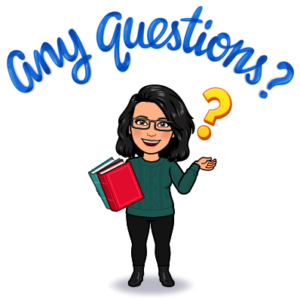Educators implement effective planning, instruction, assessment and reporting practices to create respectful, inclusive environments for student learning and development.
I believe that it is my role to design learning experiences and assessment opportunities that will promote student engagement, success, and growth. To do this, I must provide different access points for the diverse learning needs in my classroom.


During my last two weeks of the Education 490 practicum, I had a group of Grade 9 learners. Because I started working with these students at the beginning of a new quarter, pre-assessment was a necessary tool to evaluate their reading comprehension and writing abilities. In order to assess the students’ writing abilities, I prepared a mini-unit on writing conventions and parts of a paragraph. I decided to break down their learning about writing conventions into: sentence structure, planning/brainstorming, and editing. Our goal by the end of the week would be to complete an in-class paragraph writing assessment.
In order to have the students complete this assessment, I first had to provide them with the tools to do so.
Day 1. We started by going over simple, compound, and complex sentences. To do this, I had the students participate in creating collaborative examples through an interactive classroom activity. The students created different sentence parts, and had to find another student who had a sentence fragment that they could work together with to create a complete sentence.
Day 2/3. We spent time talking about the different parts of a paragraph, and began to learn about brainstorming processes that could be used generate ideas about a topic. The students were put into groups and participated in a world-cafe style brainstorm where each group was given a topic to start with, and afterwards the groups would cycle through each topic to add on to what the previous group had developed. Using our topics and brainstorming from the previous day, the students practiced creating topic sentences that could be used to start a paragraph. With this we talked about the role of expression that punctuation has, and how punctuation can change the meaning of our sentences.
Day 3/4. We went over editing processes, drafted a practice paragraph, and reviewed sentence writing and planning in preparation for the students to demonstrate their learning during the paragraph assessment the next day. .
Day 4: The students were given the in class paragraph assessment. This assessment included criteria in the form of detailed instructions, a checklist, and rubric that students could use to self-assess their work. The students were given multiple choices of different open ended topics to write about. The students had to complete a brainstorm, planning outline, and a paragraph. This assessment would be the summative demonstration of the concepts and skills that the students had been practicing this week.
Follow this link to view the paragraph assessment.
After designing this learning process and assessment, my goal moving forward is to find interactive ways to provide summative assessment opportunities in the classroom.
